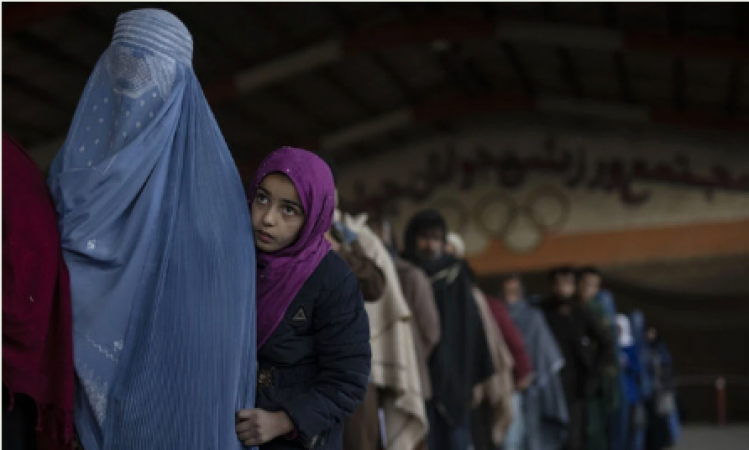
UNO: The United Nations has taken a significant step to address escalating humanitarian crises worldwide by releasing $125 million from its Central Emergency Relief Fund. The funds will provide essential support to underfunded humanitarian operations in 14 countries, where urgent needs are rapidly increasing.
Top Recipients: Afghanistan and Yemen
Afghanistan and Yemen stand at the forefront of the recipients, each receiving $20 million in aid. Following closely are Burkina Faso and Myanmar, each granted $9 million, while Mali, Haiti, and Venezuela receive $8 million each. This allocation underscores the pressing humanitarian situations in these nations.
Also Read: The world's most expensive coffee is made from this bird's potty
Support for Additional Countries
The UN Central Emergency Relief Fund extends a helping hand to more nations in need, allocating $6.5 million to both the Central African Republic and Mozambique. Cameroon and the Palestinian territories will receive $6 million each, while Malawi will be granted $4 million in aid.
Refugee Support: Bangladesh and Uganda
The fund also earmarks $8 million to assist refugee operations in Bangladesh and allocates $6 million for refugee aid in Uganda. This aid is crucial in alleviating the plight of displaced populations in these regions.
Also Read: Former Proud Boys Leader Enrique Tarrio Sentenced to 22 Years in Prison for Seditious Conspiracy
Humanitarian Chief's Urgent Plea
UN humanitarian chief Martin Griffiths emphasized the critical need for increased funding in humanitarian operations, stating, "It is a cruel reality that in many humanitarian operations, aid agencies are scraping along with very little funding right at a time when people’s needs compel them to scale up." He acknowledged that the Central Emergency Relief Fund plays a vital role in addressing funding gaps and saving lives but called upon individual donors to contribute, emphasizing that it is a fund that relies on collective generosity.
UN's Unprecedented Humanitarian Appeal
In 2023, the United Nations made an unprecedented appeal for over $55 billion, aiming to assist 250 million people affected by various crises, including conflicts, climate-related disasters, disease outbreaks, and displacement. To date, this appeal has received only about $16 billion, which is less than 30 percent of the required funds.
Total Allocations Reach $270 Million
The recent allocation of $125 million from the Central Emergency Relief Fund brings the total amount allocated to underfunded emergencies this year to over $270 million. This marks the highest allocation since the fund's establishment in 2005 and reflects the surging humanitarian needs that outpace regular donor funding.
Looming Hunger Crisis
UN deputy spokesman Farhan Haq sounded a dire warning, stating that millions of people will face hunger unless donors provide nearly $39 billion to meet the UN's appeal. He highlighted the recent announcement from the UN World Food Program, which regrettably had to cut food assistance to an additional 2 million hungry Afghans this month due to a lack of funding. This brings the total number of Afghans who have lost aid this year to 10 million.
Appeal for $1 Billion for Food Assistance
The World Food Program, headquartered in Rome, indicated that it can only provide food to 3 million people in the coming months, while 21 million people are in need. To bridge this gap, $1 billion is urgently required for the next six months to prevent a worsening hunger crisis.
Also Read: G20 Summit 2023 Live Updates: Attendees and Absences, and More
In summary, the UN's allocation of $125 million from the Central Emergency Relief Fund signifies a vital effort to address growing humanitarian needs globally. However, it also underscores the urgent necessity for increased international support to meet the UN's record humanitarian appeal, especially in the face of rising crises and the looming threat of hunger in various regions. The international community's collective response will be pivotal in alleviating suffering and safeguarding vulnerable populations.